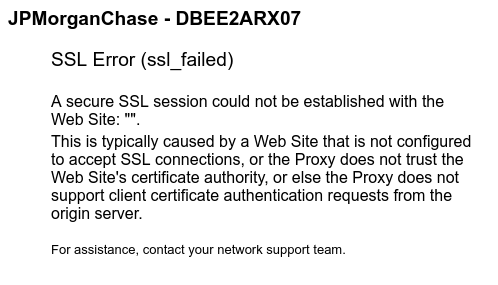With tax season upon us, I was fascinated to learn that the IRS has a single computer system which contains the tax records for all U.S. citizens. It’s called the “Individual Master File” system, and here’s a brief description of it from the GAO:
U.S. Department of the Treasury Individual Master File – The authoritative data source for individual taxpayers where accounts are updated, taxes are assessed, and refunds are generated. This investment is written in assembly language code– a low-level computer code that is difficult to write and maintain– and operates on an IBM mainframe.
Now, the word “mainframe” triggers some memories for me of my early college days, when the university had a mainframe and you’d log into it from a handful of VAX terminals scattered around campus. They were honest-to-goodness green-screen VT100 terminals.
But the IBM mainframe managing the tax records of the entire IRS is a bit older than that. It’s been running since… wait for it… 1950. That’s right: fifty-eight years and still going. Wow.
There’s a second system called the “Business Master File” which contains– you guessed it!– the full tax records of all U.S. corporations. It, too, has been running since 1950.
One other thing the GAO noted: the Department of Defense has a system called the “Strategic Automated Command and Control System”. That sounds scary. The description:
Department of Defense Strategic Automated Command and Control System – Coordinates the operational functions of the United States’ nuclear forces, such as intercontinental ballistic missiles, nuclear bombers, and tanker support aircrafts. This system runs on an IBM Series/1 Computer and uses 8-inch floppy disks.
This bad boy is much newer than those clunky old IRS systems: our entire nuclear arsenal is running on a computer built in… 1953. There must’ve been some sort of upgrade along the way, since 8-inch floppy disks didn’t hit the scene until the 1970’s.
The obvious question is, “Well, are the IRS and DoD going to upgrade these dinosaurs?” The IRS says nope. I think this is a case of “if it ain’t broke…” and, as a software developer who’s been involved with a few major system upgrades, I can attest that sometimes it’s indeed better to just leave an old tried-and-true system in place. The Defense Department has plans for a new system that will include extravagances like desktop terminals, but it’s unclear when that upgrade will actually happen. With the way things work in that department, I’m guessing it’ll take at least a decade, involve half a dozen cost and schedule overruns, and end up costing dollars measured in the billions.
Ahh, government.





